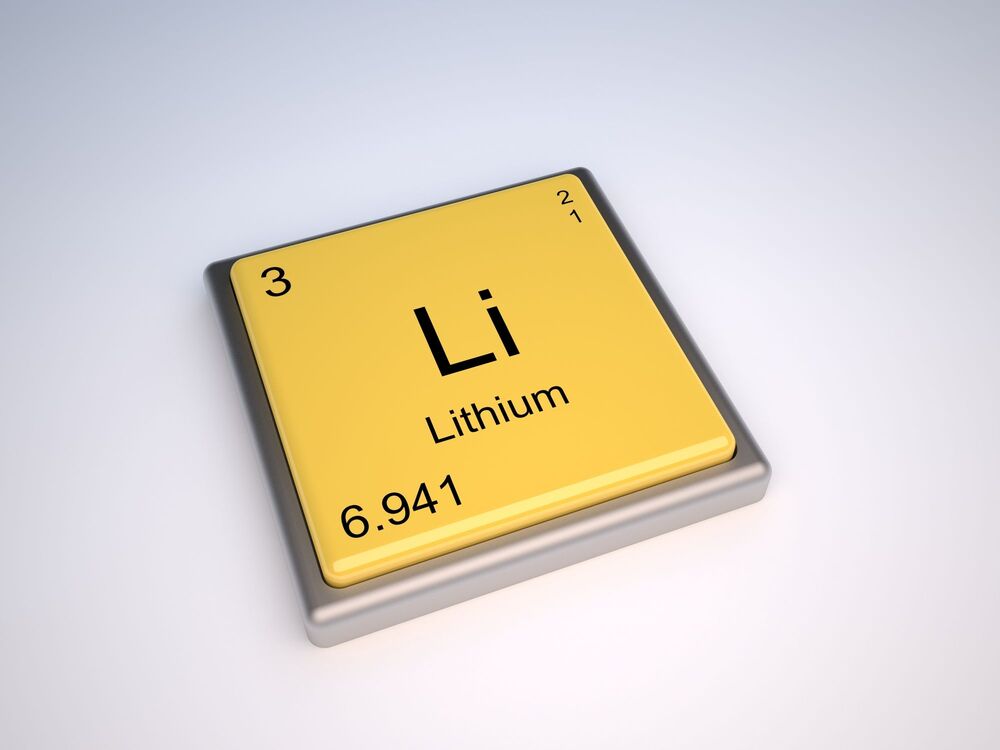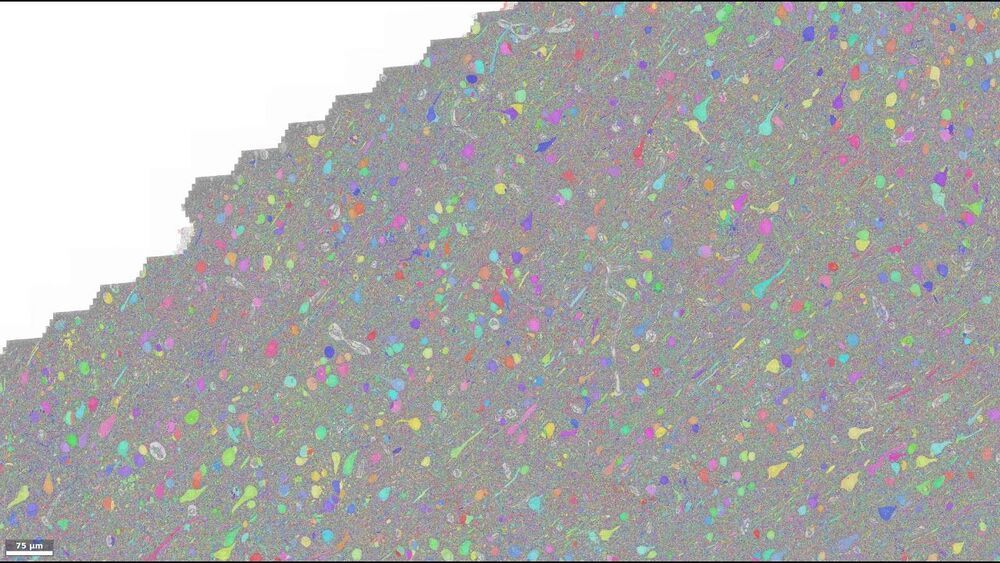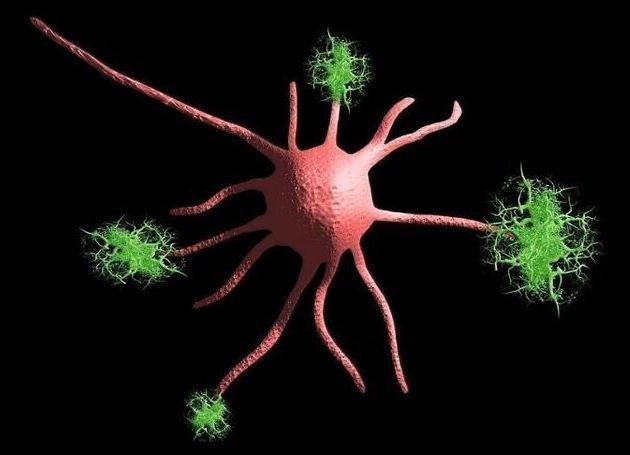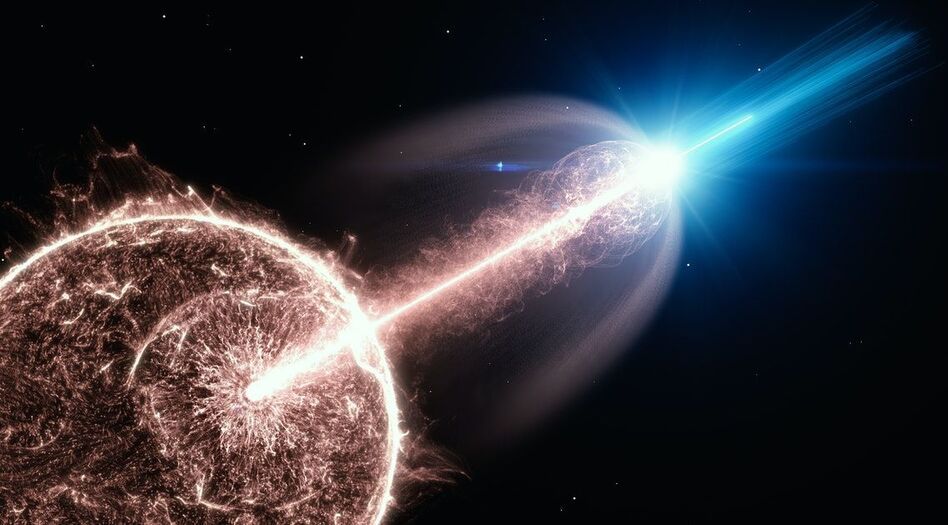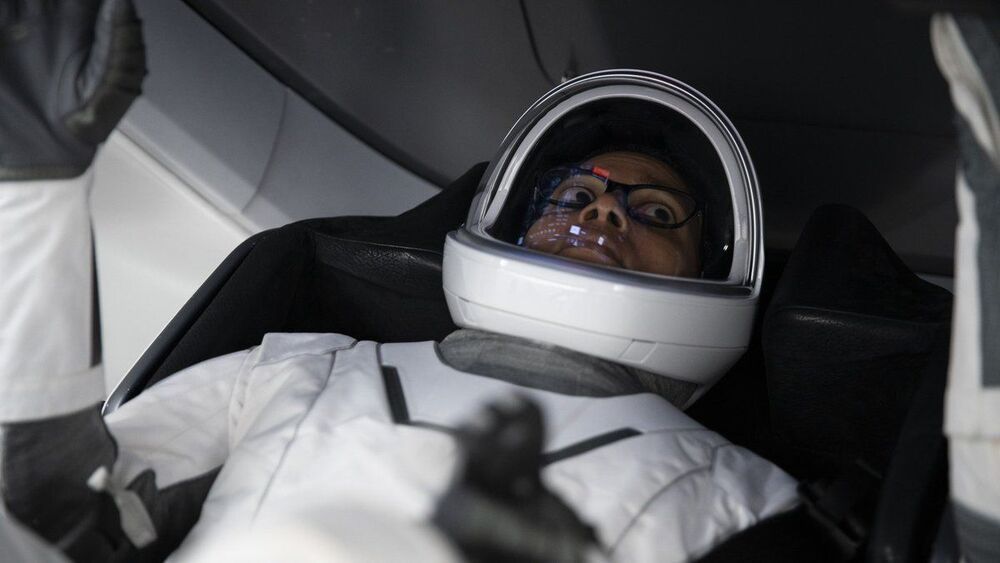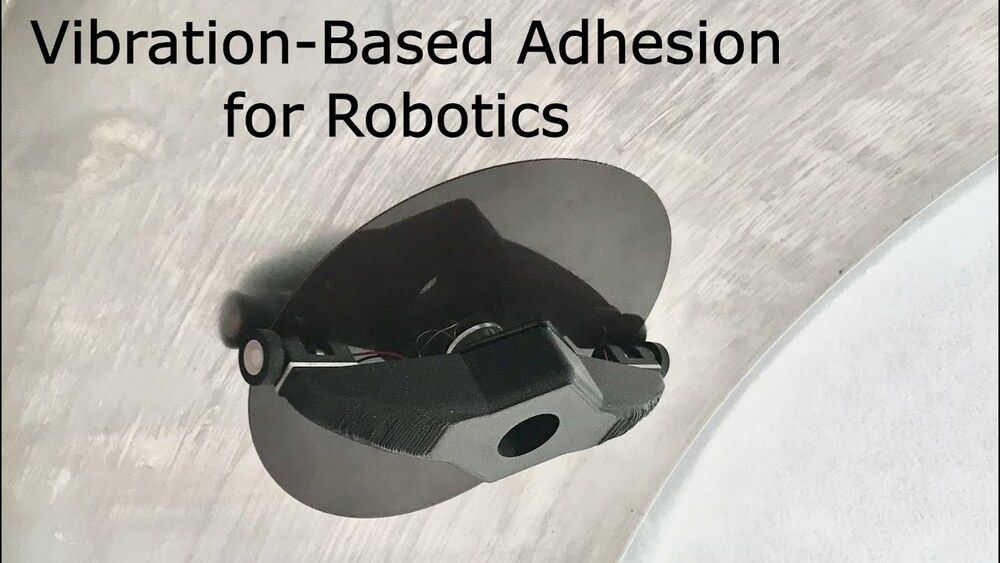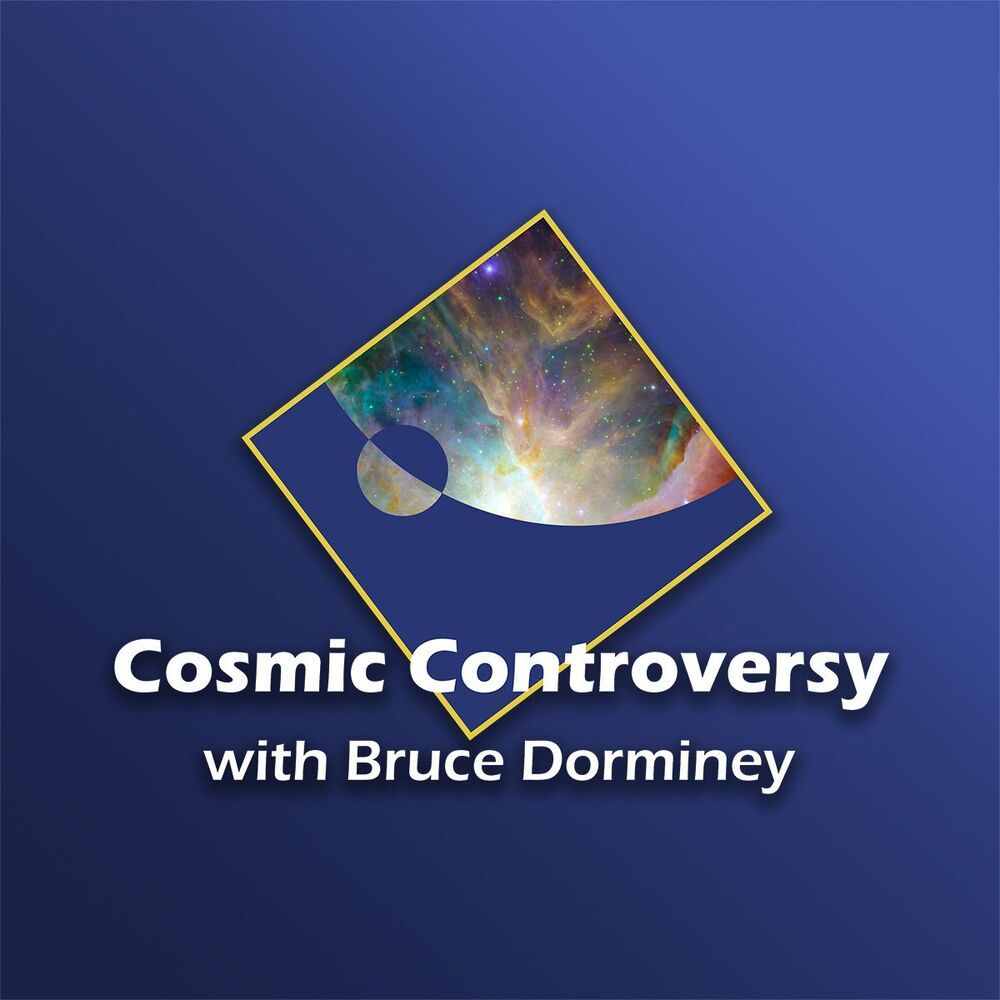Jun 4, 2021
Ultra-thin lithium offers a solid platform for high-capacity batteries
Posted by Steve Jordan in categories: energy, materials
Scientists in South Korea have made a breakthrough in battery research that could help us bust through a key bottleneck in energy storage. The team’s advance overcomes a technical issue that has held back highly promising lithium-metal battery architecture and could pave the way for batteries with as much as 10 times the capacity of today’s devices.
The reason lithium-metal batteries hold so much promise is because of the excellent energy density of pure lithium metal. Scientists hope to swap out the graphite used for the anode in today’s lithium batteries for this “dream material,” though this comes with some complicated problems to solve.
One of the key issues relates to needle-like structures called dendrites, which form on the anode surface as the battery is charged. These penetrate the barrier between the anode and the battery’s other electrode, the cathode, and quickly cause the battery to short-circuit, fail, or even catch fire.
